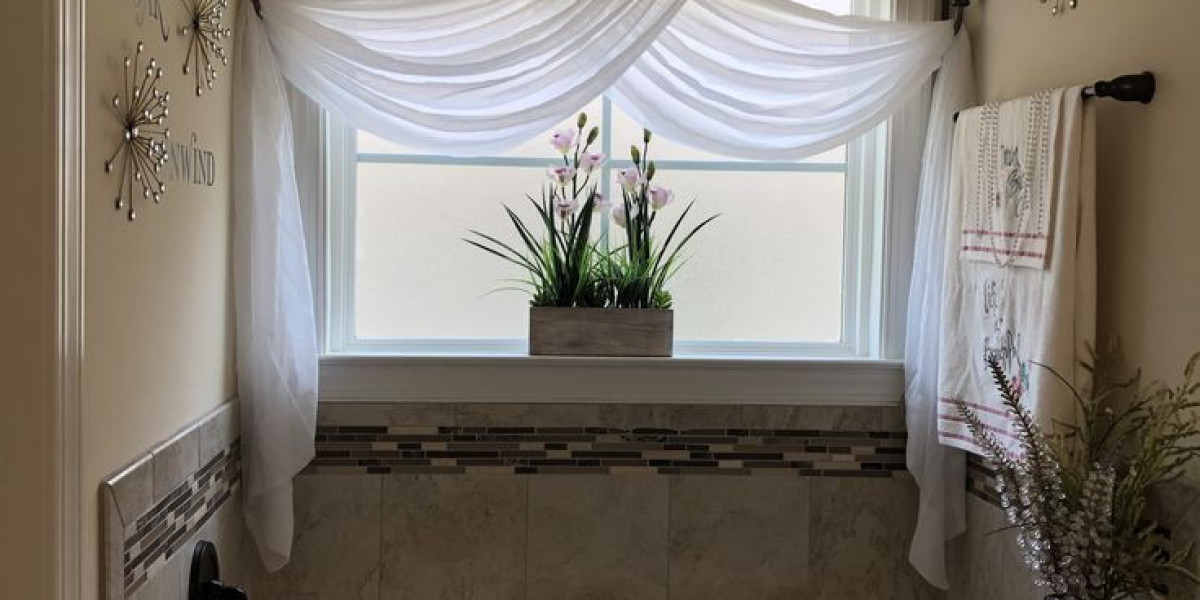1. Prioritize Water Resistance
The number one rule for any bathroom curtain is moisture management. Choose materials that resist mold and mildew, such as:
Polyester: Affordable, quick-drying, and widely available.
Vinyl or PEVA: Ideal for inner liners; waterproof and easy to wipe clean.
Nylon blends: Lightweight with some water resistance.
Make sure your curtain is washable—either by machine or by hand—for easy maintenance.
2. Think About Privacy
If your bathroom window faces a neighbor or street, privacy becomes a top concern. Opt for:
Opaque or frosted patterns to block visibility.
Double curtain layers: A sheer outer curtain for softness, and a waterproof liner inside.
Top-to-bottom length: Avoid short café-style curtains if full coverage is needed.
3. Add Some Style
Who said bathrooms have to be boring? Curtains are a budget-friendly way to introduce color, texture, or pattern. Popular themes include:
Spa-inspired neutrals (white, gray, sage green)
Nautical vibes (stripes, blues, anchors)
Bold tropical prints or botanicals for modern, Instagram-worthy spaces.
Try matching your curtain with bath mats, towels, or wall art for a cohesive look.
4. Consider the Setup
If your bathroom has a shower-tub combo, you’ll need a curtain that’s long enough to contain water but short enough to avoid dragging on the floor. Standard length is about 72 inches.
For standalone bathroom windows, choose a curtain that balances light and privacy. Use hook-free or magnetic styles for ease of use.
Final Tip:
Don't forget the hardware! Rust-resistant curtain rods and hooks (preferably stainless steel or plastic-coated metal) ensure longevity in high-humidity areas.







